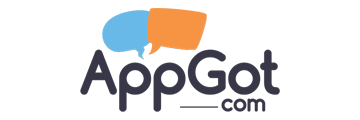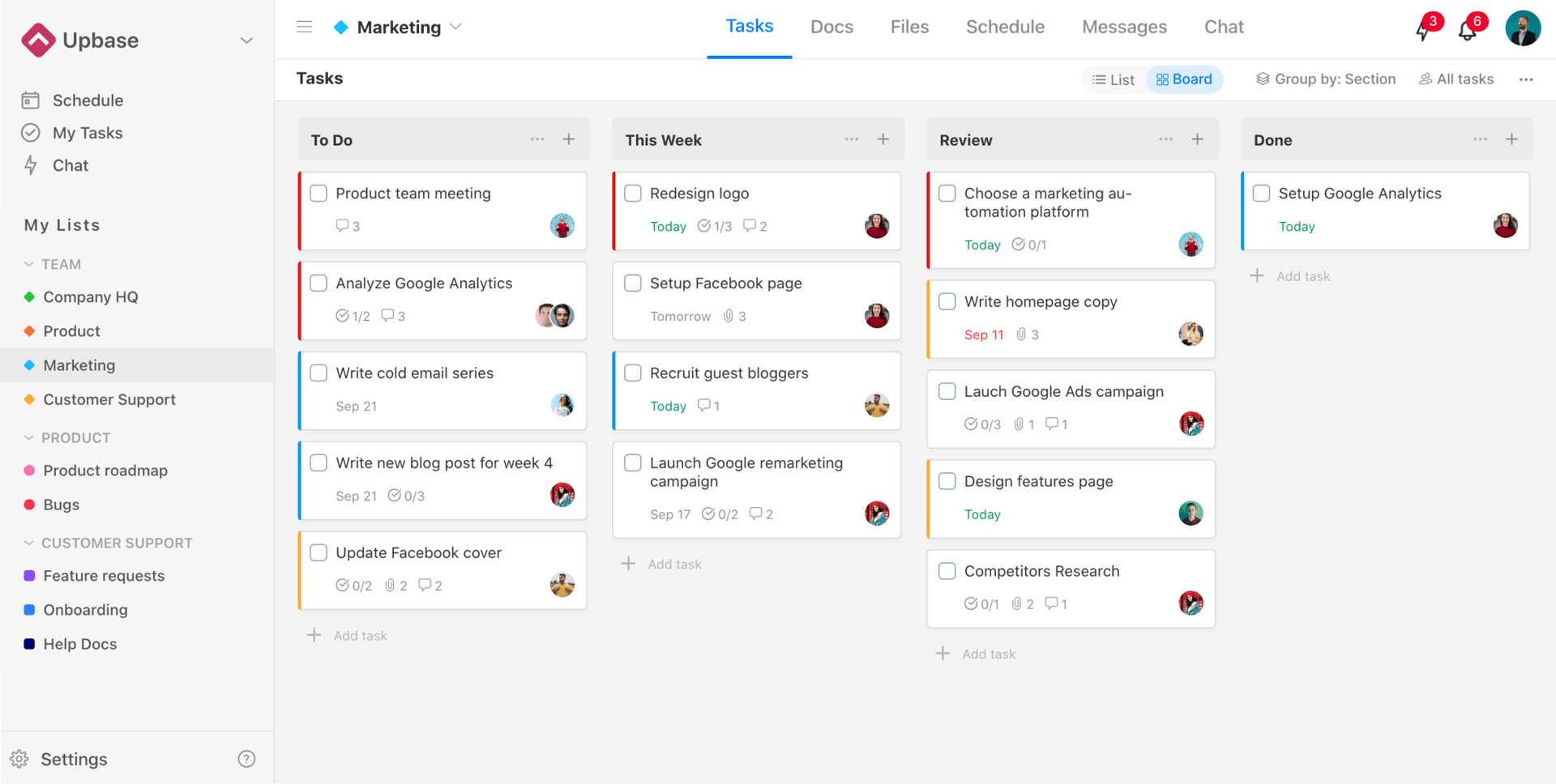Elevate Your Team’s Efficiency with Upbase: The Ultimate All-in-One SaaS Solution for Boosting Productivity.
In today’s dynamic business environment, maintaining organization and efficiency is crucial. Introducing Upbase, the all-in-one SaaS tool that revolutionizes team collaboration and project management. Whether you’re a burgeoning startup or a well-established enterprise, Upbase provides a comprehensive solution to streamline your workflow and boost productivity. Check it out at Upbase.
Introducing Upbase: The Ultimate SaaS Platform
Upbase is a dynamic SaaS platform that seamlessly integrates project management, communication, and task tracking into a unified, intuitive interface. Tailored to meet the demands of modern businesses, Upbase equips teams with the tools they need to enhance collaboration and streamline task management. From task assignment and time tracking to file sharing and real-time chat, Upbase empowers your team to stay ahead of the curve.
Discover the Key Features of Upbase
1. Comprehensive Project Management
Upbase provides powerful project management tools for effortless task creation, tracking, and management. Set deadlines, assign tasks, and monitor progress all in one place with an intuitive dashboard that keeps you organized and ensures nothing falls through the cracks.
2. Seamless Communication
Effective team communication is essential for success. Upbase offers integrated messaging and real-time chat, eliminating the need for external apps. This fosters better collaboration and keeps all project-related communication in one easily manageable location.
3. Advanced Task Tracking
Upbase allows for easy task status tracking, priority setting, and efficient resource allocation. Create custom workflows and automate repetitive tasks to save time and reduce the potential for human error.
4. Efficient File Sharing and Storage
Upbase streamlines file management with its secure, cloud-based storage solution. Users can easily upload, share, and collaborate on documents within the platform, ensuring seamless access to the latest file versions for the entire team.
5. Insightful Time Tracking and Reporting
Understanding how time is allocated to different tasks is crucial for enhancing productivity. Upbase offers integrated time tracking and reporting features that provide valuable insights into team performance and areas for improvement. This data is instrumental in optimizing processes and boosting overall productivity.
Why Upbase is the Best Choice for Your Business
1. Boosted Productivity
Upbase optimizes workflows and centralizes project management, enabling teams to work more efficiently. By minimizing the time spent switching between tools and apps, your team can focus on what truly matters—getting work done.
2. Seamless Collaboration
With Upbase, team collaboration is effortless. The platform’s integrated communication and file sharing features create a collaborative environment where ideas can flow freely, and everyone stays on the same page.
3. Cost-Effective Solution
Upbase consolidates multiple tools into a single platform, eliminating the need for various subscriptions and saving your business money. This cost-effectiveness makes it an ideal choice for companies of all sizes looking to maximize their resources.
4. Intuitive Interface
One of the standout features of Upbase is its user-friendly interface. The platform is designed to be intuitive and easy to use, ensuring that your team can get up and running quickly without the need for extensive training.
5. Scalability
As your business grows, Upbase grows with you. The platform is highly scalable, allowing you to add more users and projects without compromising performance or functionality.
6. Tools
A Gantt chart is a visual representation of a project schedule that shows the start and finish dates of the various tasks and activities involved. It is typically displayed as a horizontal bar chart, with each task represented by a bar that stretches across the timeline of the project. Gantt charts are useful for planning and tracking the progress of a project, as they provide a clear overview of the tasks that need to be completed and their respective deadlines. This allows project managers and team members to easily see how the project is progressing and identify any potential delays or bottlenecks.
A Kanban board is a visual tool used to manage and track work in progress. It typically consists of columns representing different stages of a process, such as “To Do,” “In Progress,” and “Done.” Tasks or work items are represented by cards that move across the board as they progress through the stages. This visual representation helps teams to see at a glance what work is currently being worked on, what is pending, and what has been completed. Kanban boards are commonly used in agile and lean methodologies to improve workflow and productivity.
A scrum board is a visual tool used in agile project management to track the progress of tasks and user stories within a sprint. It typically consists of columns representing different stages of the development process, such as “to do,” “in progress,” and “done.” Team members use sticky notes or cards to represent individual tasks and move them across the board as they progress. The scrum board provides a clear and transparent view of the team’s work, helping to identify bottlenecks, prioritize tasks, and ensure that everyone is aligned on the project’s status.
Task dependencies refer to the relationships between different tasks within a project, where the completion of one task is dependent on the completion of another. These dependencies can be categorized as finish-to-start, start-to-start, finish-to-finish, and start-to-finish. Understanding and managing task dependencies is crucial for effective project planning and scheduling, as they can impact the overall timeline and success of the project. By identifying and managing task dependencies, project managers can ensure that tasks are completed in the correct sequence and that resources are allocated efficiently. Additionally, recognizing task dependencies can help in identifying potential bottlenecks and risks within the project timeline.
Resource allocation is the process of distributing available resources, such as time, money, and manpower, in a way that maximizes their efficiency and effectiveness. This involves making decisions about how to prioritize and distribute resources to different tasks, projects, or departments in order to achieve the organization’s goals and objectives. Effective resource allocation requires careful planning, analysis of needs and priorities, and ongoing monitoring and adjustment to ensure that resources are being used in the most productive and beneficial way. It is a critical aspect of organizational management and can have a significant impact on the success and sustainability of a business or project.
Risk management is the process of identifying, assessing, and prioritizing potential risks in order to minimize their impact on an organization. This involves analyzing potential threats, determining the likelihood of those threats occurring, and developing strategies to mitigate or eliminate them. By effectively managing risk, organizations can protect their assets, reputation, and financial stability. This can involve implementing safety protocols, purchasing insurance, diversifying investments, and creating contingency plans. Ultimately, risk management is crucial for ensuring the long-term success and sustainability of an organization.
Agile methodology is a project management approach that emphasizes flexibility, collaboration, and continuous improvement. It involves breaking down projects into smaller, manageable tasks and regularly reassessing priorities and goals. This allows teams to adapt to changing requirements and deliver value to customers more quickly. Agile also promotes open communication and close collaboration between team members, as well as with stakeholders, to ensure that everyone is aligned and working towards the same objectives. Overall, Agile methodology is designed to promote efficiency, adaptability, and customer satisfaction in the development and delivery of products and services.
A collaboration tools is a platform that allows team members to work together on projects and tasks. It often includes features such as chat, project dashboards, and file sharing to facilitate communication and organization. Chat functionality enables real-time communication between team members, while project dashboards provide a centralized view of project progress, timelines, and tasks. These tools are essential for promoting collaboration, transparency, and efficiency within a team or organization.
Getting Started with Upbase
Starting with Upbase is a breeze. Simply follow these steps:
- Visit the Upbase website and sign up for a complimentary trial.
- Establish your team by adding members and initiating your inaugural project.
- Delve into the features and begin utilizing Upbase to oversee your tasks, communicate with your team, and monitor your progress.
- Upgrade to a premium plan when you’re prepared to access additional features and fully leverage what Upbase has to offer.
Final Thoughts
In the fast-paced world of business today, it’s crucial to have the right tools to effectively manage your team and projects. With Upbase, you can access a comprehensive, all-in-one solution that will boost productivity, enhance collaboration, and save costs. Don’t miss the chance to elevate your business to new heights. Join Upbase today and experience the positive impact it can have on your team!

